Thailand’s rich cultural heritage is deeply rooted in its ancient temples, royal palaces, and long-standing traditions that reflect its unique blend of Buddhism, monarchy, and local customs. Whether you’re wandering through Bangkok’s ornate temples, visiting royal palaces, or participating in time-honored festivals, Thailand offers an immersive experience that showcases its spiritual, historical, and cultural identity. This guide explores the key elements of Thailand’s cultural heritage, highlighting must-visit temples, palaces, and traditions that every traveler should experience.
Must-Visit Temples in Thailand
Temples, or wats, are the spiritual heart of Thailand and are integral to the daily lives of its people. Each temple has its history, architectural beauty, and religious significance, making them essential stops for those exploring Thailand’s cultural landscape.
1. Wat Phra Kaew (Temple of the Emerald Buddha) – Bangkok
- Location: Grand Palace, Bangkok
- Significance: Thailand’s most sacred temple, housing the revered Emerald Buddha.
- Highlights: The Emerald Buddha is a jade statue that plays a vital role in Thailand’s religious and royal ceremonies. Wat Phra Kaew is located within the Grand Palace complex and is considered the pinnacle of Thai religious architecture.
Tip: Dress modestly, covering your shoulders and knees, as this is Thailand’s most sacred site. Arrive early to avoid large crowds.

2. Wat Pho (Temple of the Reclining Buddha) – Bangkok
- Location: Bangkok
- Significance: Famous for the enormous Reclining Buddha statue.
- Highlights: The Reclining Buddha measures 46 meters long and is covered in gold leaf. Wat Pho is also home to Thailand’s first public university and is regarded as the birthplace of traditional Thai massage.
Tip: Don’t miss the chance to enjoy an authentic Thai massage at Wat Pho’s massage school after exploring the temple grounds.

3. Wat Arun (Temple of Dawn) – Bangkok
- Location: Thonburi, Bangkok
- Significance: Known for its towering spires and riverside location.
- Highlights: Wat Arun’s iconic central prang (spire) is intricately decorated with colorful porcelain tiles. Climbing the prang offers panoramic views of the Chao Phraya River and Bangkok’s skyline.
Tip: Visit during the late afternoon to catch the sunset, and stay to see the temple beautifully illuminated at night.
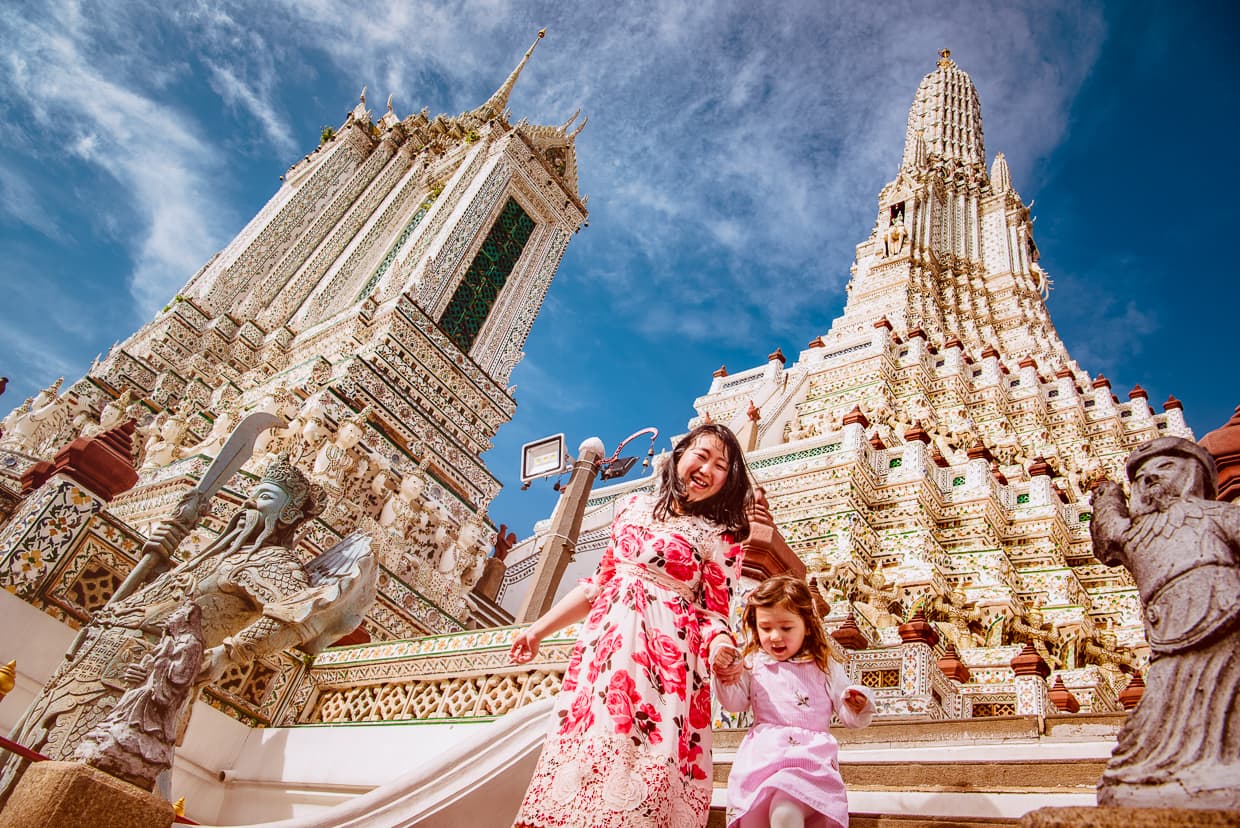
4. Wat Phra That Doi Suthep – Chiang Mai
- Location: Chiang Mai
- Significance: A revered temple overlooking Chiang Mai, with panoramic views of the city.
- Highlights: The temple’s golden stupa is one of Thailand’s most important pilgrimage sites. Visitors must climb 306 steps or take a cable car to reach the temple.
Tip: Early morning is the best time to visit to enjoy the peaceful atmosphere and avoid the crowds.
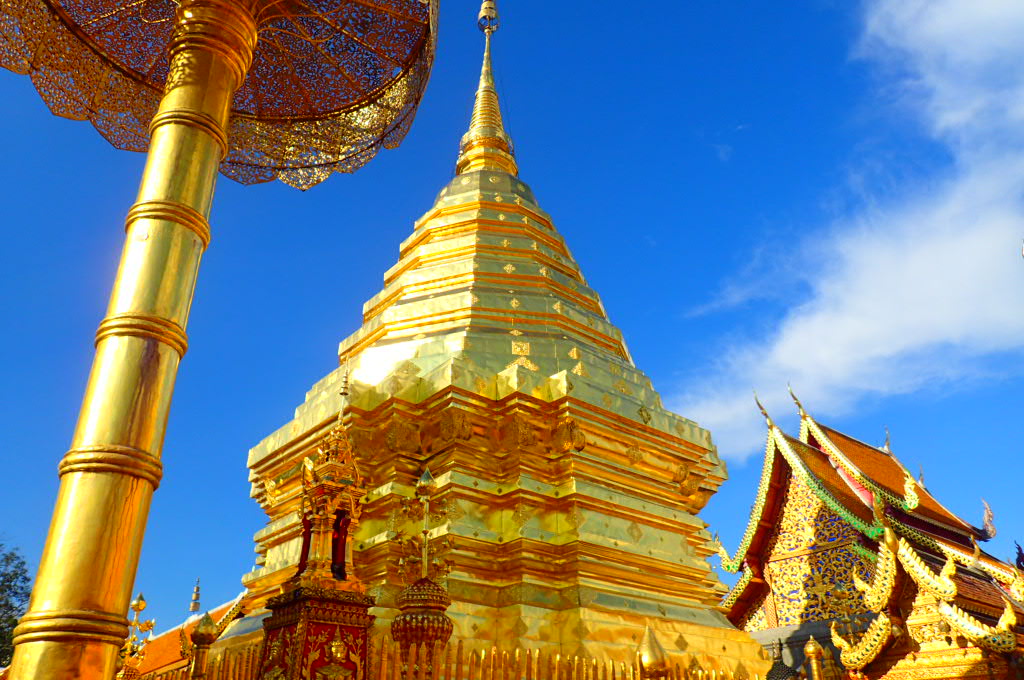
5. Wat Mahathat – Ayutthaya
- Location: Ayutthaya Historical Park
- Significance: One of the most iconic temples in the ancient city of Ayutthaya.
- Highlights: The famous Buddha head entwined in tree roots is a symbol of Thailand’s cultural and spiritual heritage. Wat Mahathat is part of the Ayutthaya Historical Park, a UNESCO World Heritage Site.
Tip: Rent a bicycle to explore the vast ruins of Ayutthaya at a leisurely pace.
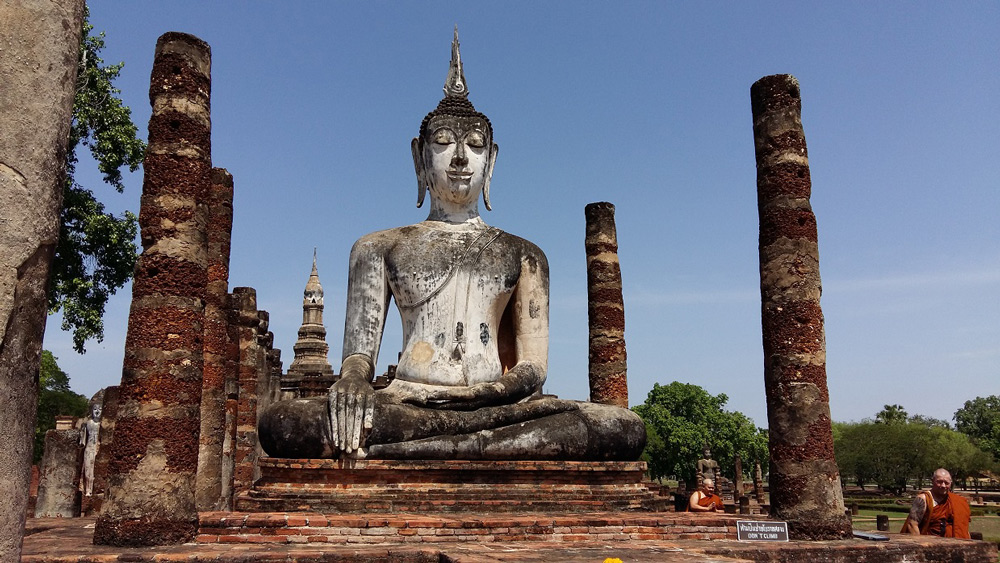
Royal Palaces in Thailand
Thailand’s palaces are symbols of its monarchy, a central institution in Thai society. These architectural marvels offer insight into the country’s royal traditions, history, and craftsmanship.
1. The Grand Palace – Bangkok
- Location: Bangkok
- Significance: A royal complex that has been the official residence of the Kings of Siam since 1782.
- Highlights: The Chakri Maha Prasat Hall and Dusit Maha Prasat Hall are stunning examples of traditional Thai architecture blended with Western influences. The palace grounds also include Wat Phra Kaew, making it a must-see for visitors to Bangkok.
Tip: Allocate several hours to explore both the Grand Palace and Wat Phra Kaew thoroughly.

2. Vimanmek Mansion – Bangkok
- Location: Dusit Palace, Bangkok
- Significance: The world’s largest golden teakwood building, once a royal residence.
- Highlights: Vimanmek Mansion showcases a mix of traditional Thai and European architectural styles. The mansion is part of the Dusit Palace Complex, which includes the Ananta Samakhom Throne Hall and the Abhisek Dusit Throne Hall.
Tip: Vimanmek Mansion is currently closed for renovation, so check if it has reopened before visiting.
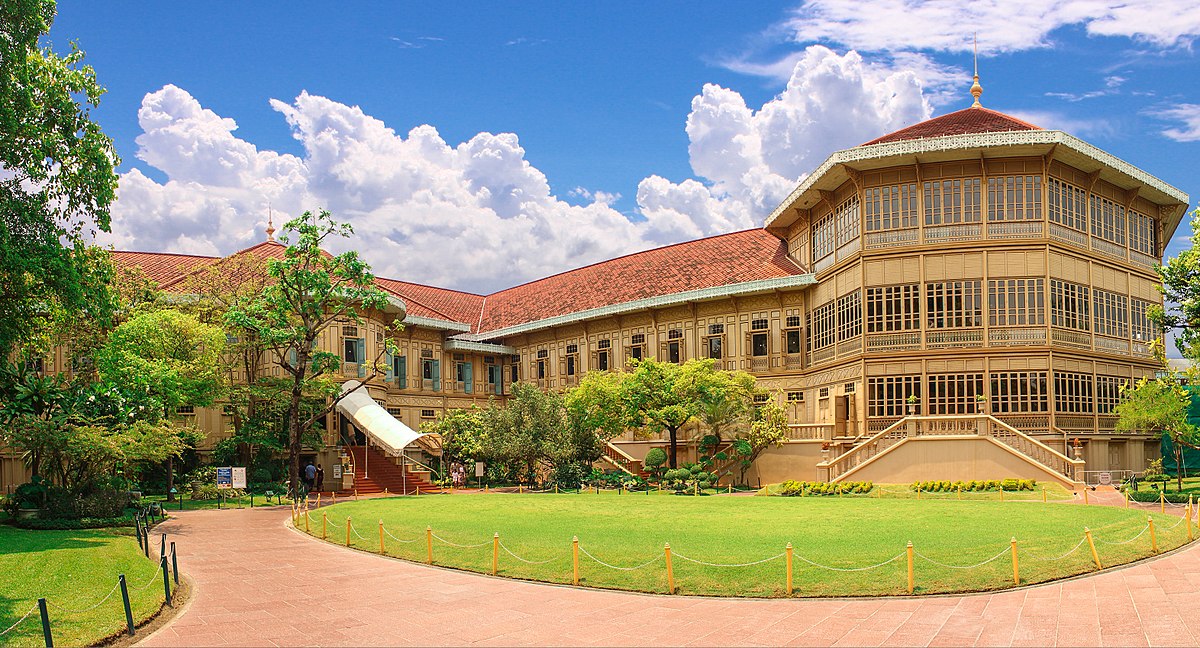
3. Bang Pa-In Summer Palace – Ayutthaya
- Location: Ayutthaya
- Significance: A summer residence for Thai kings since the 17th century.
- Highlights: The palace’s grounds are beautifully landscaped, with a mix of Thai, Chinese, and European architectural styles. Key attractions include the Aisawan Thipya-Asana Pavilion and the Phra Thinang Warophat Phiman Hall.
Tip: Bang Pa-In is easily combined with a visit to the Ayutthaya Historical Park, located just a short drive away.
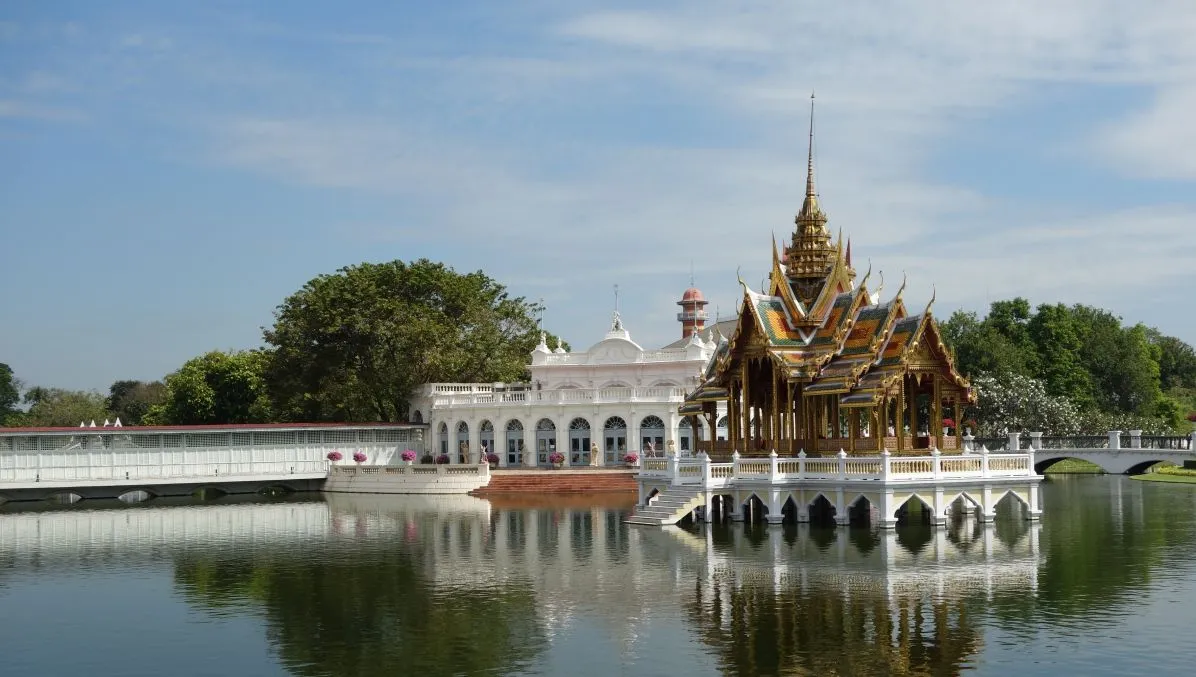
4. Phra Nakhon Khiri (Khao Wang Palace) – Phetchaburi
- Location: Phetchaburi
- Significance: A hilltop palace offering stunning views over Phetchaburi.
- Highlights: Phra Nakhon Khiri is a royal palace that blends Thai and European architectural elements. The site includes a palace, a temple, and an observatory.
Tip: Ride the funicular railway to the top, or hike the scenic route for panoramic views.
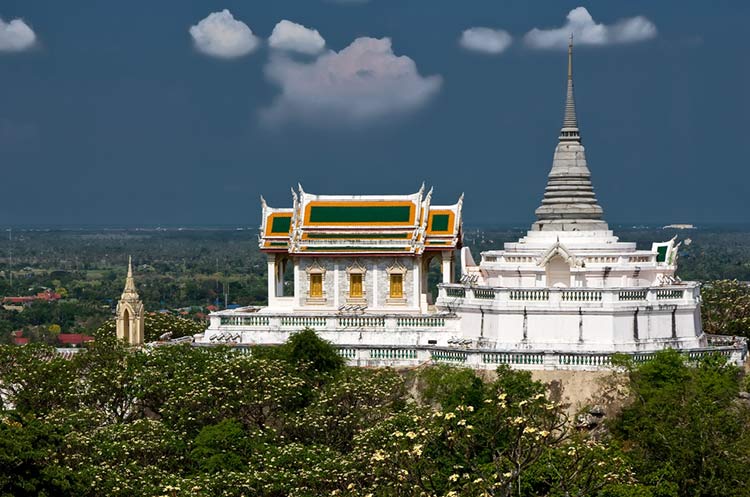
Thai Cultural Traditions and Festivals
Thailand’s traditions are deeply rooted in its Buddhist heritage, and its festivals and cultural practices are an important part of daily life.
1. Songkran (Thai New Year)
- When: April 13–15
- Where: Nationwide, with major celebrations in Chiang Mai, Bangkok, and Pattaya.
- Significance: Songkran marks the Thai New Year and is traditionally celebrated with water blessings and family reunions. Today, it has evolved into a nationwide water festival, with people dousing each other in water as a way to wash away the past year’s bad luck.
Tip: Chiang Mai is known for having the most vibrant Songkran celebrations, with three days of street parties and water fights.
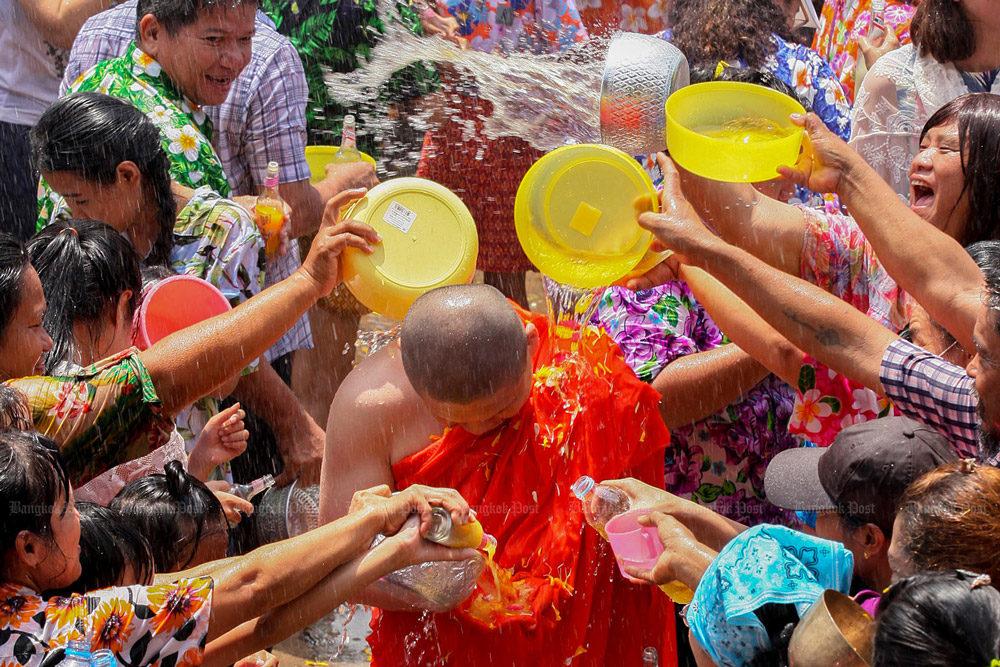
2. Loy Krathong (Festival of Lights)
- When: November (exact date based on the lunar calendar)
- Where: Nationwide, with major celebrations in Chiang Mai, Sukhothai, and Bangkok.
- Significance: Loy Krathong is a beautiful festival where Thais release decorated baskets (krathongs) onto rivers and lakes as a way to pay respect to the water goddess and to symbolize letting go of past grievances.
Tip: Chiang Mai celebrates Loy Krathong alongside the Yi Peng festival, where thousands of lanterns are released into the sky.
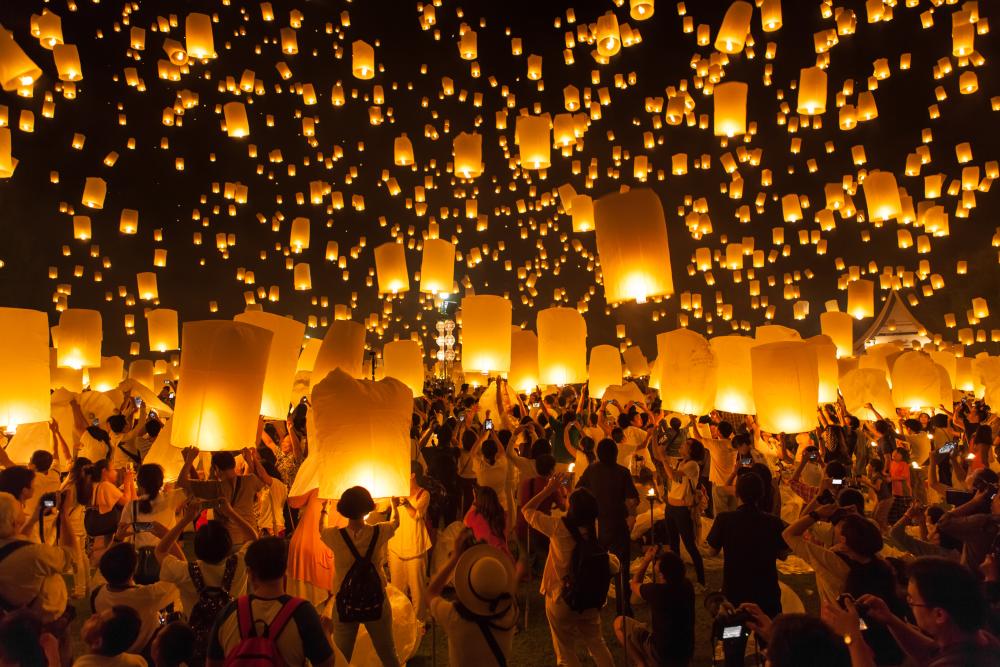
3. Royal Ploughing Ceremony
- When: May
- Where: Sanam Luang, Bangkok
- Significance: An ancient tradition marking the start of the rice-planting season, symbolizing the monarchy’s connection to agriculture and prosperity for the year ahead.
Tip: The ceremony is held in Sanam Luang near the Grand Palace and is a fascinating glimpse into Thailand’s agricultural traditions.
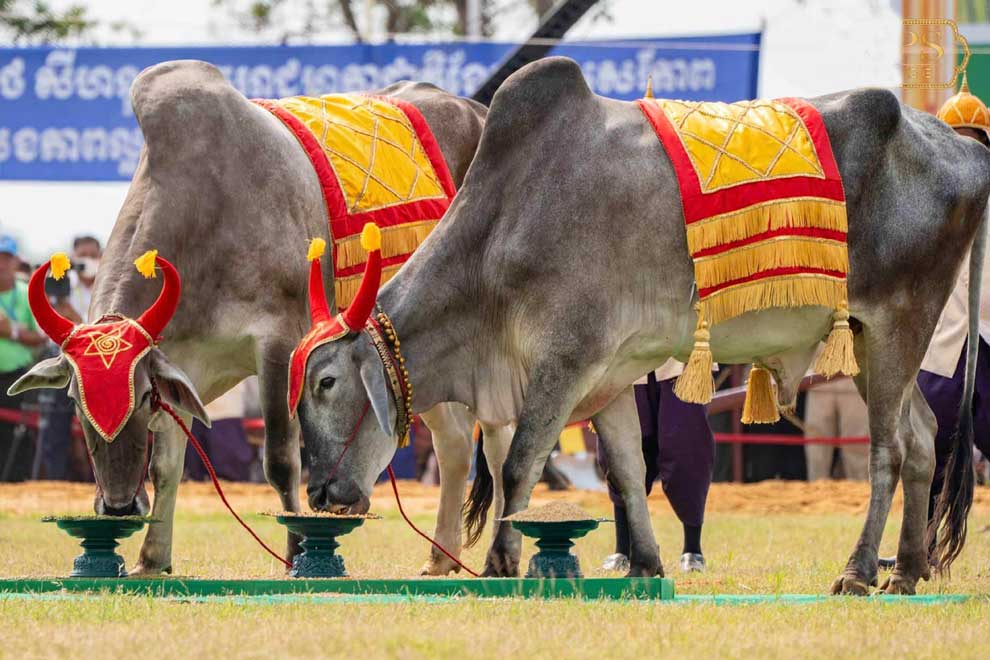
4. Thai Classical Dance (Khon)
- Where: Bangkok, Chiang Mai, and major cultural centers.
- Significance: Thai classical dance, or Khon, is a traditional performance art that tells stories from the Ramayana epic using elaborate costumes, masks, and graceful movements.
Tip: Catch a performance at the National Theatre in Bangkok or at cultural festivals across the country.
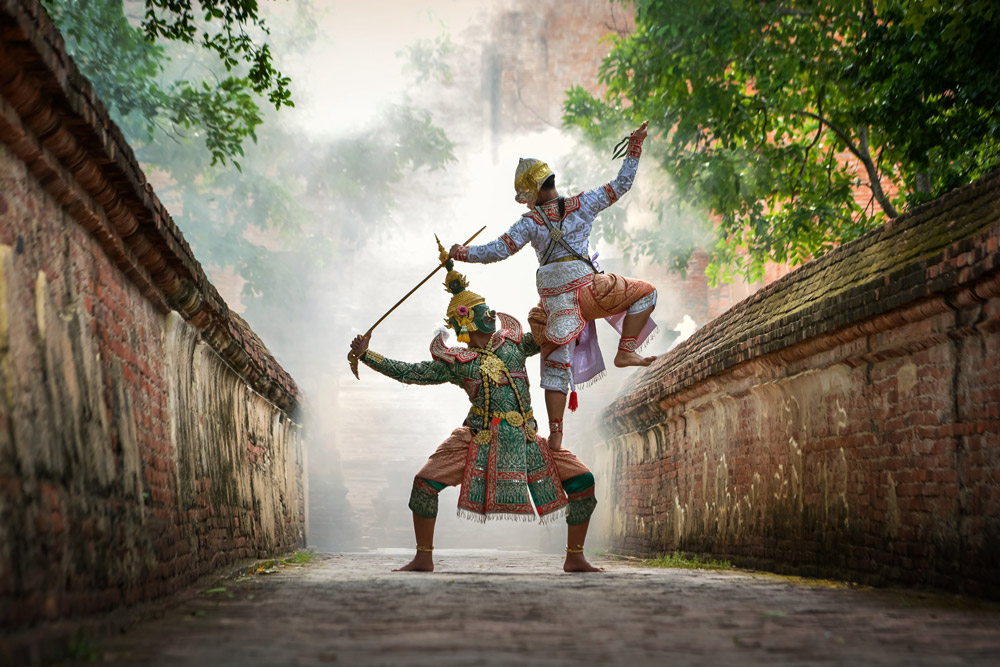
Conclusion
Thailand’s cultural heritage is a rich tapestry woven from centuries of history, religion, and royal traditions. From the grandeur of the Grand Palace to the spiritual serenity of Wat Phra That Doi Suthep, exploring Thailand’s temples and palaces offers travelers a unique insight into the country’s cultural soul. By participating in traditional festivals like Songkran and Loy Krathong, visitors can immerse themselves in the vibrant customs that continue to shape Thai life today.
Final Tips:
- Respect Local Customs: When visiting temples and palaces, dress modestly (shoulders and knees covered) and remove your shoes before entering temple buildings.
- Guided Tours: Consider hiring a local guide for in-depth explanations of the historical and cultural significance of the sites.
- Plan Ahead: Thailand’s festivals can draw large crowds, so plan your accommodations and transport if you’re visiting during major events.
Enjoy your journey through Thailand’s cultural heritage, and take the time to appreciate its deep history, stunning architecture, and enduring traditions!
